accelerate process change?
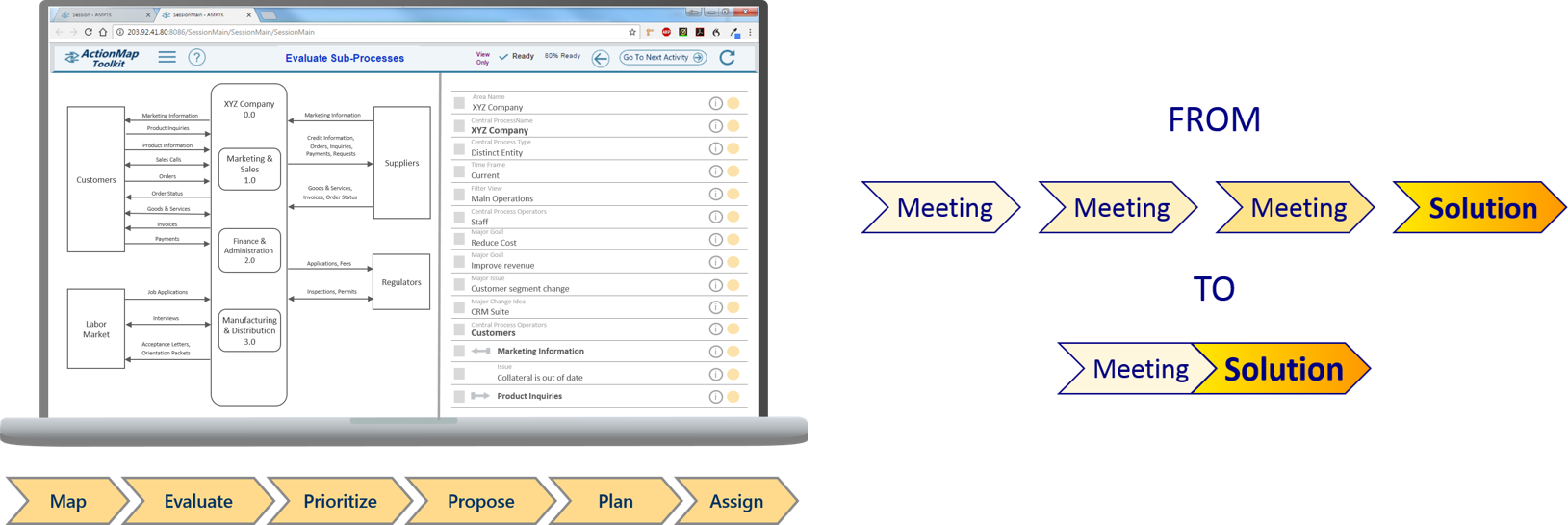
Process change depends on changing people’s knowledge of the process
through exchanging and developing knowledge of how the process works, the values it produces and stakeholder interests in those values

Process knowledge change
relies on process thinking, that is:
People’s natural ability to
organize actions and events into structured activities: i.e. “processes”
The quality of process thinking in turn relies on tools and methods that support process thinking
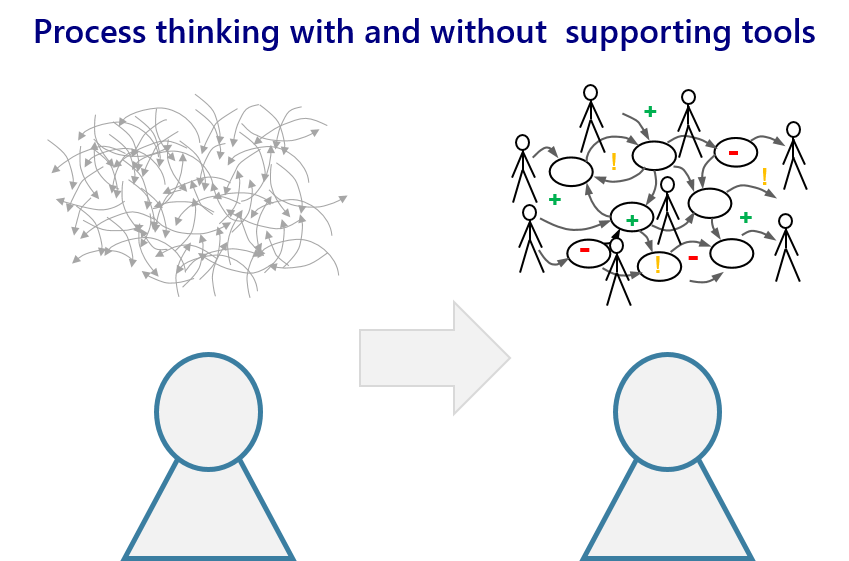
process thinking will start with people’s
natural process thinking abilities
think about processes?
Process thinking starts with
looking at things in terms of
areas of activity
instead of just
object and conditions

Within the realm of “activity”
people naturally divide things into objective and subjective factors. This follows the common saying:
“Separate the facts
from the opinions”

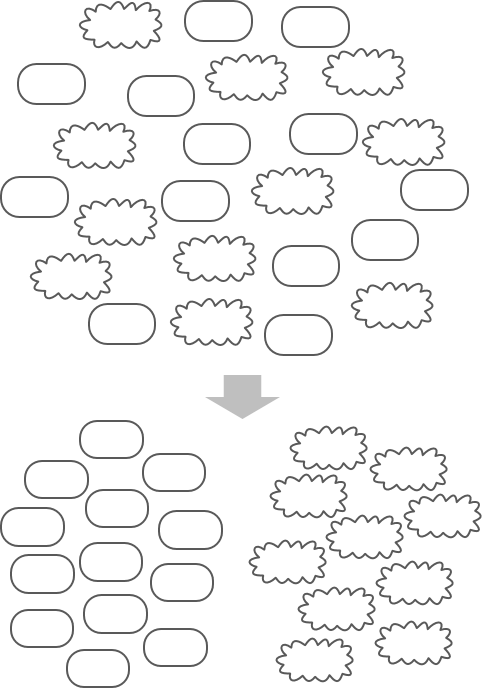
People also naturally separate what they can control from what they cannot control. This follows the common saying:
“Know your limits”
Controllable: things that we think we can control directly, and that we intend to try to control directly
Uncontrollable: things that we cannot control directly, or that we do not intend to try to control directly

People then follow
two more common sayings:
“Get organized”
and
“Focus, focus, focus”
This separates the objective factors into “Boundaries” at the side of our attention and a “Central Focus Process” in the middle.
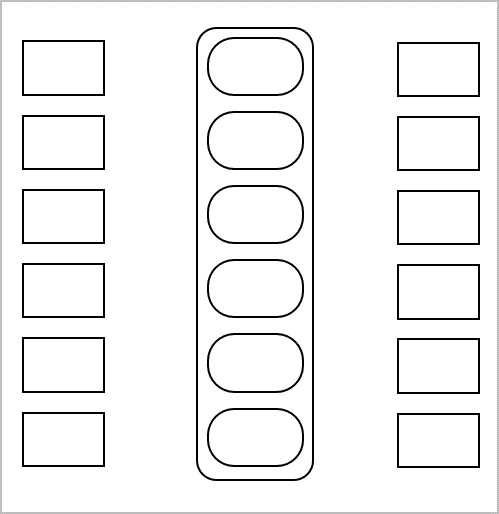
The next common saying is:
“Connect the dots”
This leads to a process map that shows the common sense cause-and-effect logic of the situation
Another common saying is
“Work with what you can
see, touch and hear”
That means using the arrows to show the movement of real, measurable things (as opposed to “go to” or “do next” which are useful though more abstract)
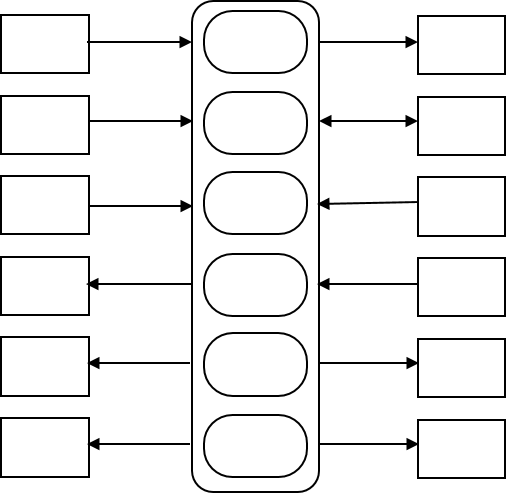
Two more common sayings
come into play:
“Think about motivations”
and
“Keep the opinions
grounded in the facts”
This leads to sorting the subjective factors into what ActionMap calls “Evaluations”
- Goals: what we want to go toward
- Issues: what we want to go away from
- Change ideas: how to get from here to there
and then linking every evaluation to a specific process map part


The above ideas provide a general pattern for how people think about processes.
ActionMap follows that pattern very closely
The next question is:
process change?
Process change involves a series of activities, forming an improvement cycle
There are many variations
on improvement cycles
ActionMap follows the one shown here, again based on common sayings about “how people work”
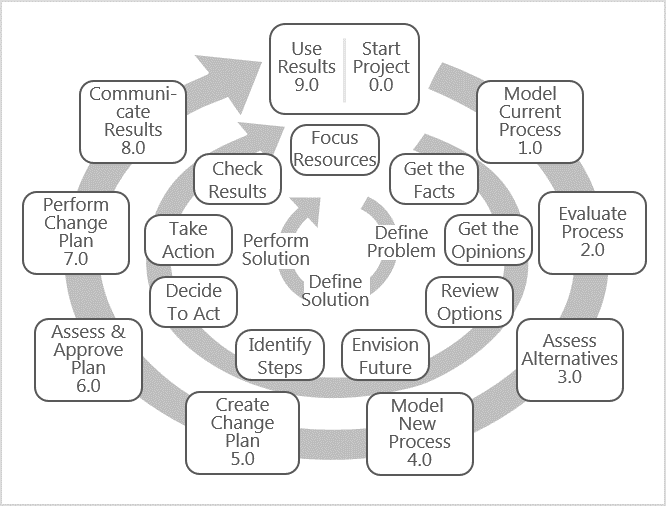
Going further with the view of “how people work”, ActionMap is shaped by the following realities:

⇨ so ActionMap supports group collaboration

⇨ so ActionMap focuses on results-oriented working sessions

⇨ so ActionMap captures a combination of Model and Plan

⇨ so ActionMap uses stakeholder evaluations of the process as the starting points for action planning

⇨ so ActionMap creates strong shared understanding, agreement and commitment to take action

⇨ so ActionMap uses structured discussion with prompting, voting and prioritizing

⇨ so ActionMap uses an incremental approach to consensus and commitment
The above factors lead to an abbreviated form of the improvement cycle, designed o be performed in one working session
ActionMap “Main Cycle”

The Main Cycle can be applied in many different ways, including to perform the steps of the larger improvement cycle


The rest of “how it works”
is in exactly how the ActionMap Toolkit puts these ideas into practice
Extensive details about that can be found at our support site:
https://support.actionmap.org
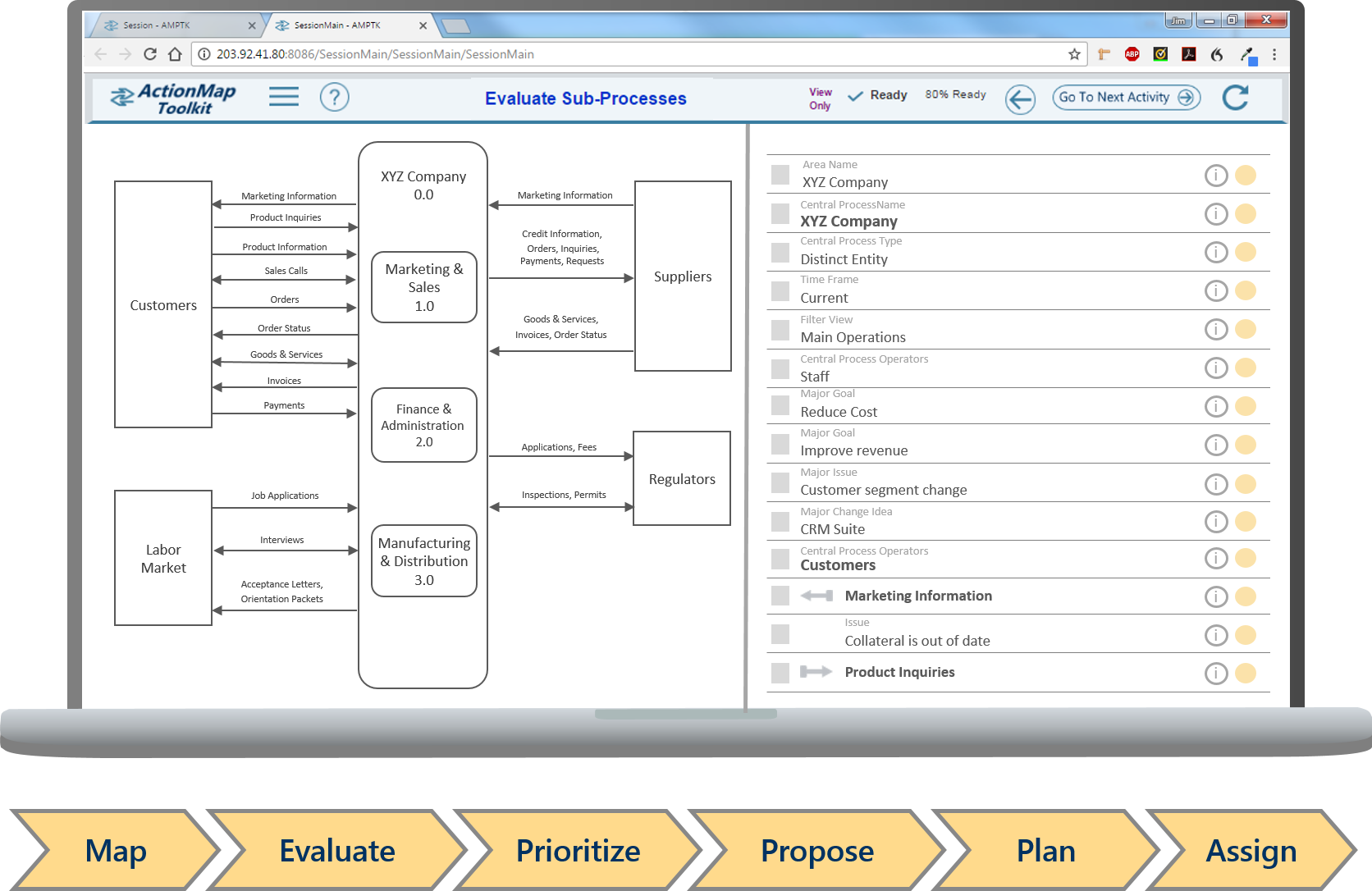
The result of following “how people work” is a method that has these qualities
⇨ Covers all aspects of process knowledge including stakeholder interests and change ideas
⇨ Has strong descriptive and analytic power with respect to processes
⇨ Designed for electronic meetings
⇨ Works as standalone or in conjunction with other methods
⇨ Strengthens general collaboration tools and adds entry points and flexibility to complex methods
⇨ Widely applicable, to virtually any organizational, business or technology process
⇨ Easy to learn; able to start applying with an hour of self-training
⇨ Easy to apply, with very little start up time and no prior knowledge of the situation
⇨ Easy to participate in with virtually no training
⇨ Rapidly produces strong shared understanding, agreement and commitment to take action, supported by high quality process models, evaluations and action plans
⇨ Accomplishes major process knowledge change results in hours and days instead of weeks and months
The ActionMap Toolkit method has been proven In hundreds of engagements in a wide range of business and technology areas
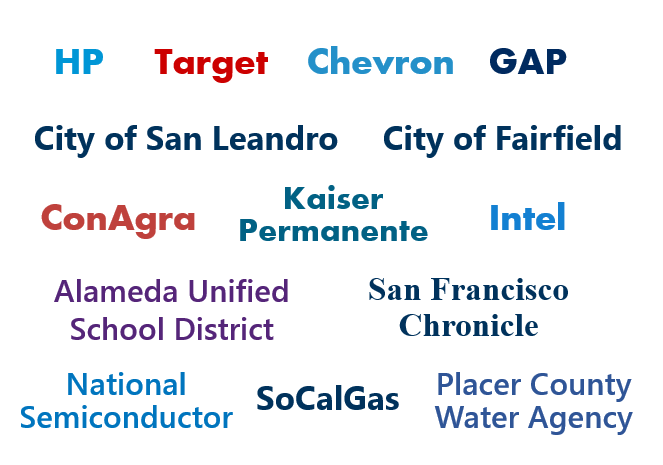

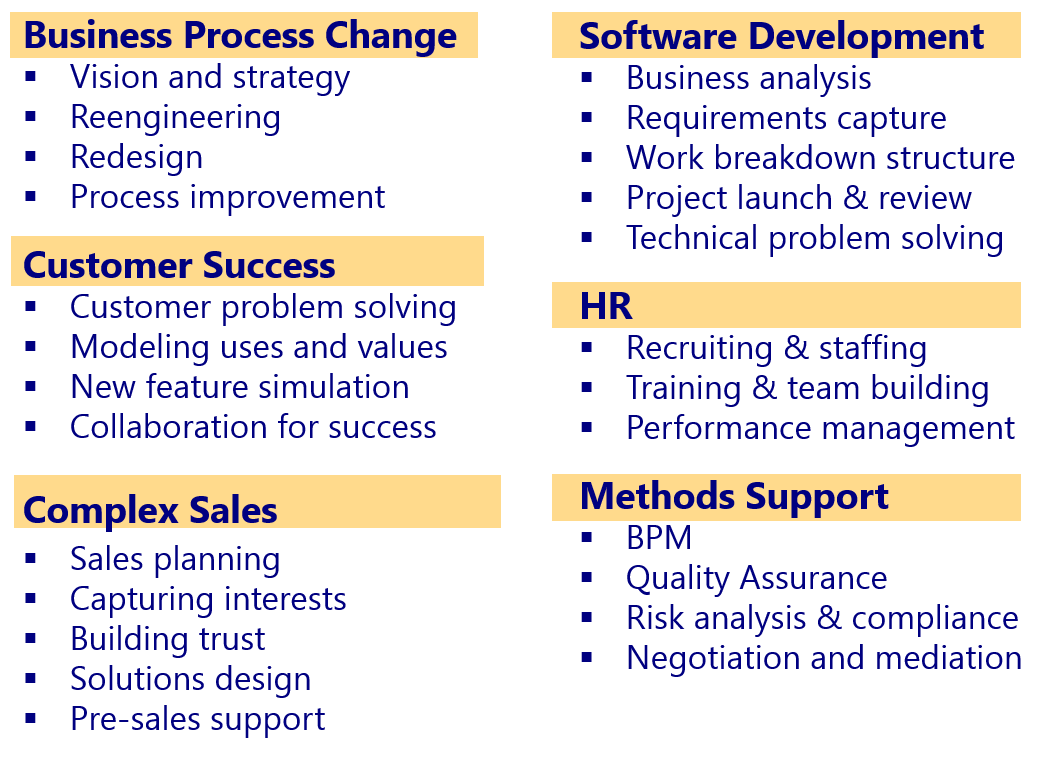
ActionMap Inc delivers
projects, facilitation, training and software based on the ActionMap® Toolkit™
large-scale change initiatives
For more information
please connect via our Contact Page

Accelerate Innovation
